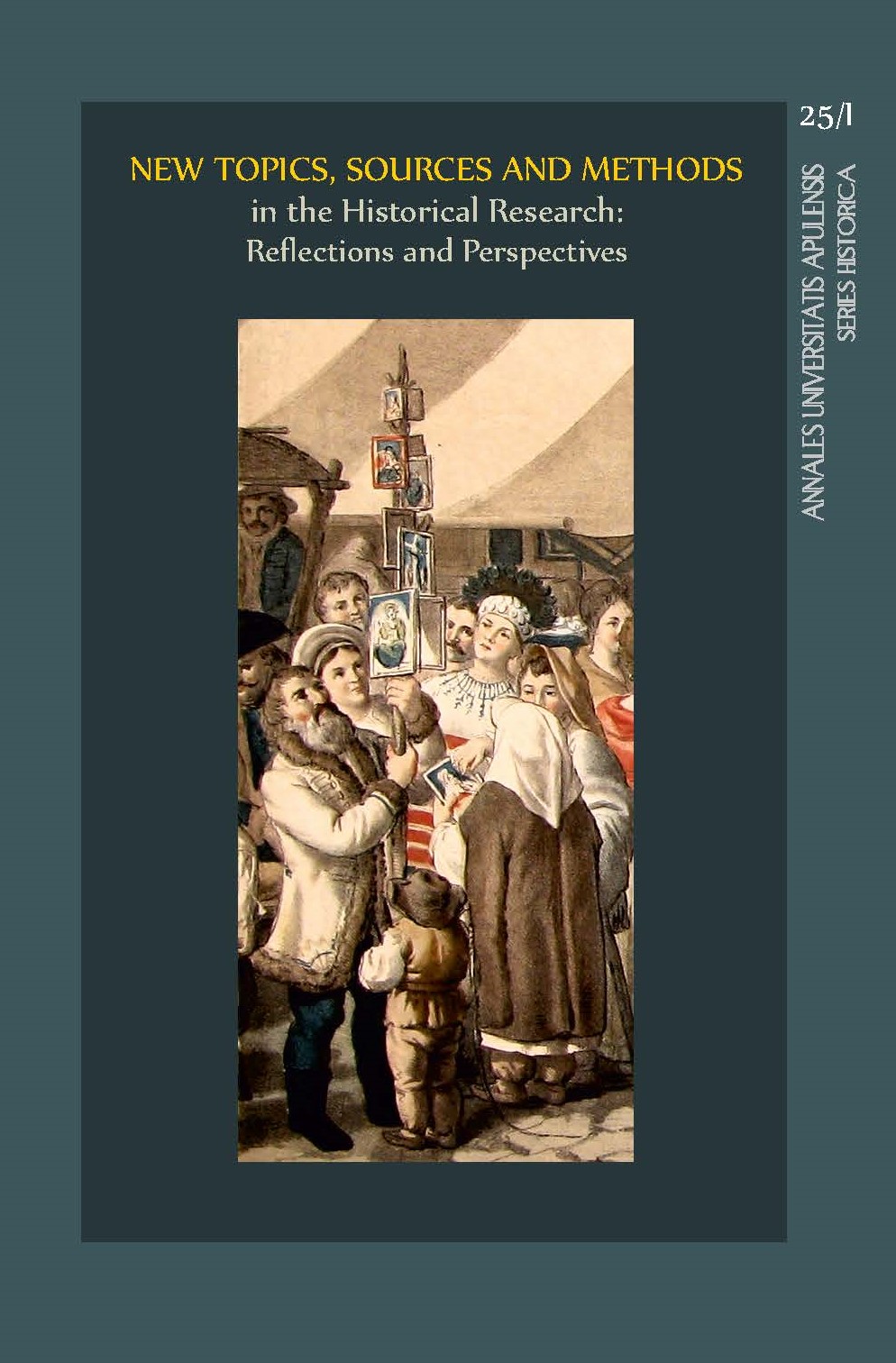Russian Icon Marketing in Transylvania as a Means of Political and Social Destabilization
Russian Icon Marketing in Transylvania as a Means of Political and Social Destabilization
Author(s): Ana Dumitran, Veronka Dáné, Vasile Rus, Volker WollmannSubject(s): Christian Theology and Religion, History, Economic history, 18th Century
Published by: Editura Mega Print SRL
Keywords: Russian merchants; Franz Neuhauser the Younger; Remondini; Governor Brukenthal; Aulic Chancellery;
Summary/Abstract: The sale of mass production Russian icons in Transylvania is known only through the events at the time and after Horea’s Uprising of 1784-1785. Towards the beginning of the uprising, a group of three Russian icon merchants was caught in the plaza of Aiud, being suspected of having spread among the Orthodox Romanians in the Principality the news that an imminent attack of the Russian army would happen. A large-scale investigation was ordered by the Aulic Chancellery on March 31, 1785, to determine whether the rumour of the imminence of this attack was true. The documents issued by this investigation allow for the reconstruction of the route taken by Russian pedlars in 1784, offering minimal information on the selling strategy, which only partially confirms the fear of the authorities, as well as on the appearance of the pedlars and the icons they sold. Finally, the Aulic Chancellery recommended a ban on trade in Russian icons, and on July 28, 1785, an imperial decree banning Russian pedlars from entering the Habsburg Empire in the future was issued. Traces of their passage through the principality have been found in insignificant numbers, whereas the ban helps to date to the last decades of the eighteenth century the few Russian mass production icons identified in museum collections and as a result of field research.
Journal: Annales Universitatis Apulensis Series Historica
- Issue Year: 25/2021
- Issue No: 1
- Page Range: 145-187
- Page Count: 43
- Language: English

